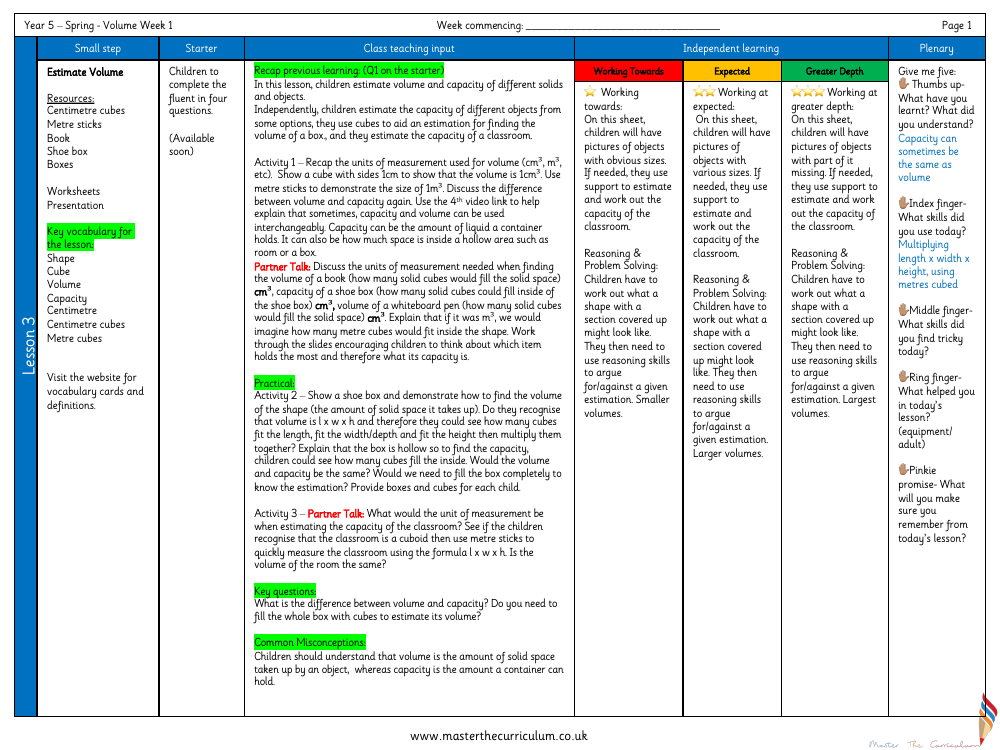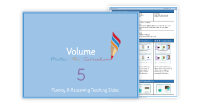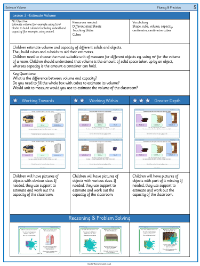Volume - Estimate Volume - Planning

Maths Resource Description
In a Year 5 mathematics lesson focusing on volume, students are introduced to the concept of estimating the volume and capacity of various objects. The lesson begins with a review of key vocabulary such as 'volume', 'capacity', 'cube', and 'centimetre cubes', using practical resources like centimetre cubes and metre sticks to visualise measurements. The children are tasked with completing 'fluent in four' questions to consolidate their understanding. They revisit the units of measurement for volume, including cubic centimetres and cubic metres, and differentiate between volume and capacity. Using visual aids and discussions, the students explore how volume relates to the amount of solid space within an object, while capacity refers to how much a container can hold, which could be a liquid or the space inside a hollow object.
During the lesson, students engage in hands-on activities, such as estimating the volume of a shoe box by calculating the product of its length, width, and height using cubes. They consider whether the volume and capacity of the box would be the same and discuss the necessity of filling the box completely to estimate its volume. The practical aspect of the lesson includes measuring the classroom with metre sticks and applying the formula for volume to a real-life context. The lesson aims to clarify common misconceptions, emphasizing that volume is the amount of solid space an object occupies, while capacity is the total amount a container can hold. The lesson concludes with reflection on what was learned and what skills were used, such as multiplication and spatial reasoning, as well as differentiated tasks for varying levels of understanding, from working towards the expected level to achieving greater depth in estimating volume and capacity.



